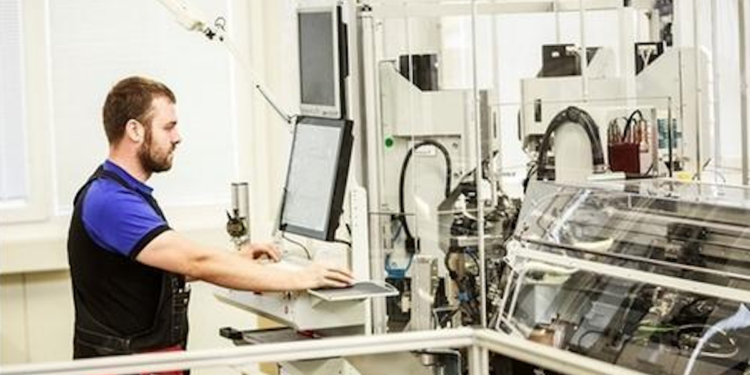Injection moulding is a technology that has been around for quite a while. This does not limit the effectiveness of the techniques, as they have been improved over the years. With more advanced injection moulding techniques entering the stage, it is easy to say that it still is the king of quality manufacturing.
Injection moulding versus 3D printing
Around ten years ago the concept of 3D printing was emerging and growing across the world. More and more people saw value in the technology, which can be seen as a competitor of injection moulding. A 3D printer enables you to print products without the creation of a designated mould. The result? Lower prices and a more rapid development process. Experts in the field argued that the technology could be a disruptor and change the landscape of product manufacturing.
3D printing for specific use cases only
Fast forwarded over 5 years and we see a different methodology come into play. 3D printing is now mostly used for very specific use cases. For example, hobbyists are using it to print specific components and companies are leveraging the technology for spare parts. When it comes to the manufacturing process, injection moulding is still considered the method to go. Some companies even use 3D printers to design the moulds for the production processes.
Why moulding is still preferred
When looking at mass production of components, the creation of a mould is desired. It allows companies to produce more and faster compared to 3D printing. The details that are created are more advanced, as 3D printing creates a specific texture to the surface.
More material options
Companies that go for moulding are also able to leverage more materials in their production process. For example, think about the structure of a washing machine. Would it be desired if this material has been manufactured with 3D printing materials? You rather want to have a strong metal foundation where the other materials are being attached to. This is the main reason why companies still go for moulding for their production.
Choosing the right partner is crucial
Moulding is not just simply creating a mould based on your product. A mould needs to be designed to create the product, but also to create an efficient production process. Having the right partner to help in the design stage is crucial. This is something that leading providers understand and take with them to their clients. HSV-TMP is one of these companies. They do not simply offer a mould, but work together with the client in the creation and prototyping before the mould is brought to production. This approach allows manufacturers to create an efficient and working product. HSV-TMP is one of the leaders in the field and has brought multiple advancements and approaches that have brought the moulding technology to the next level.







